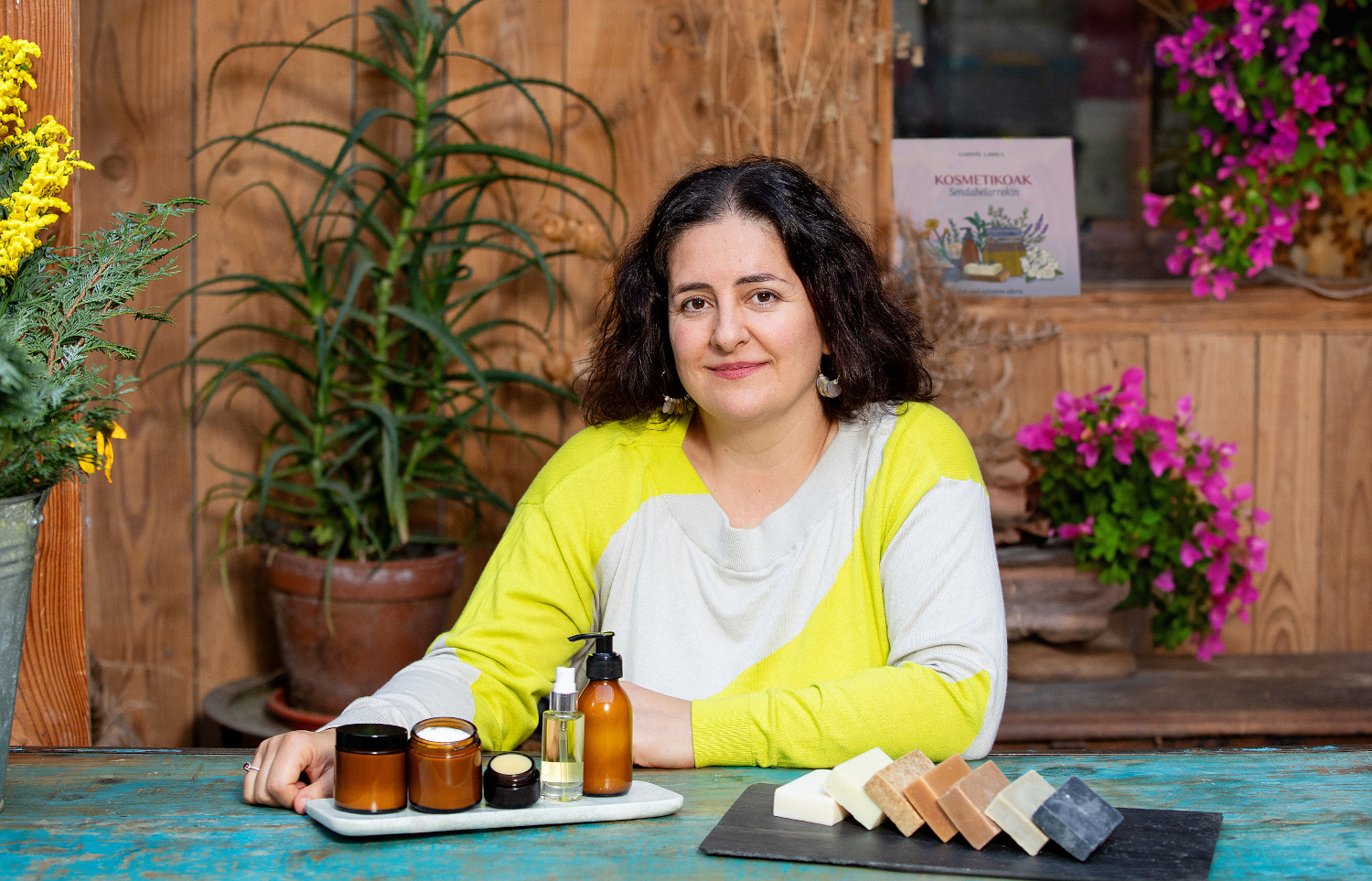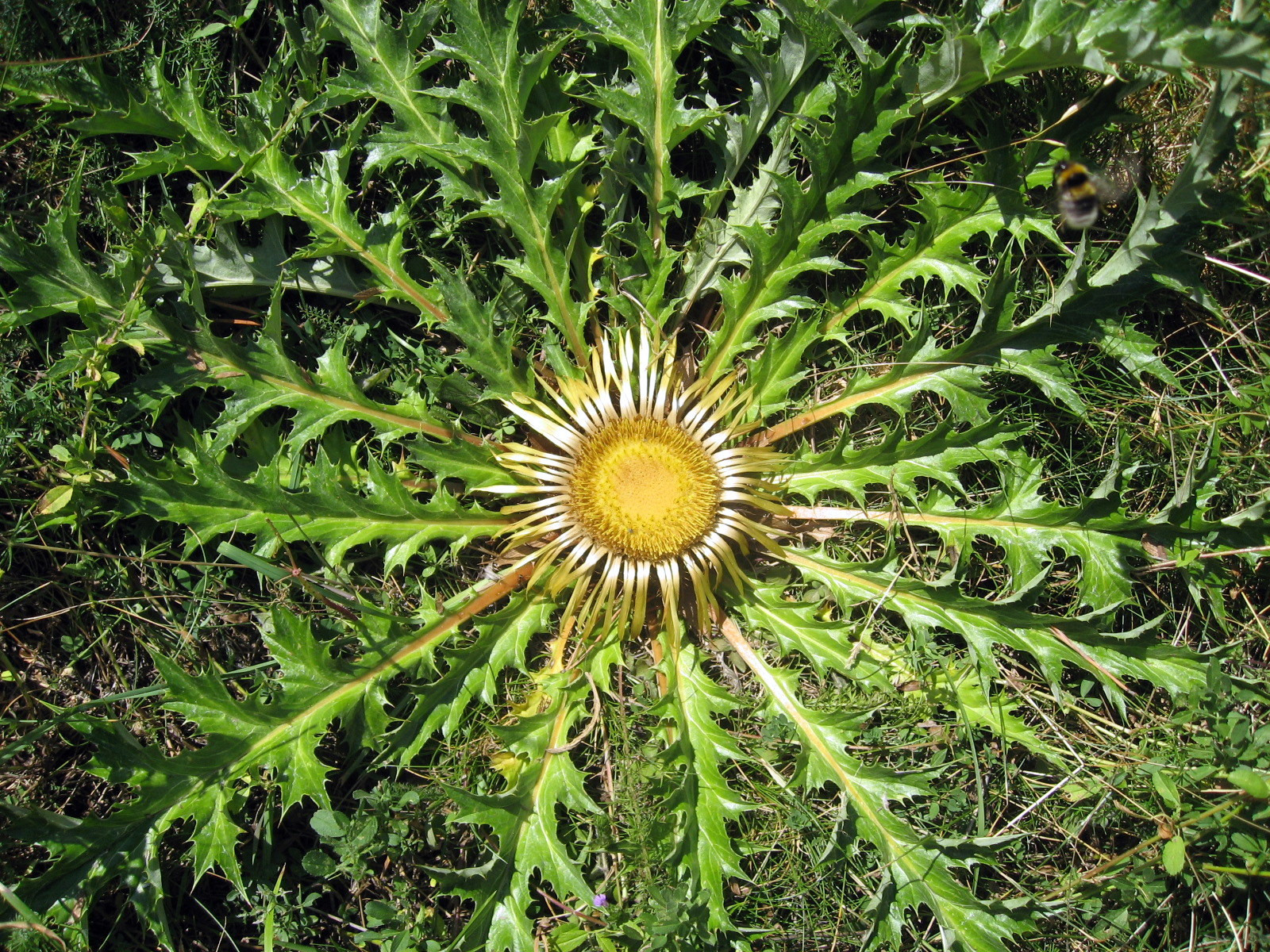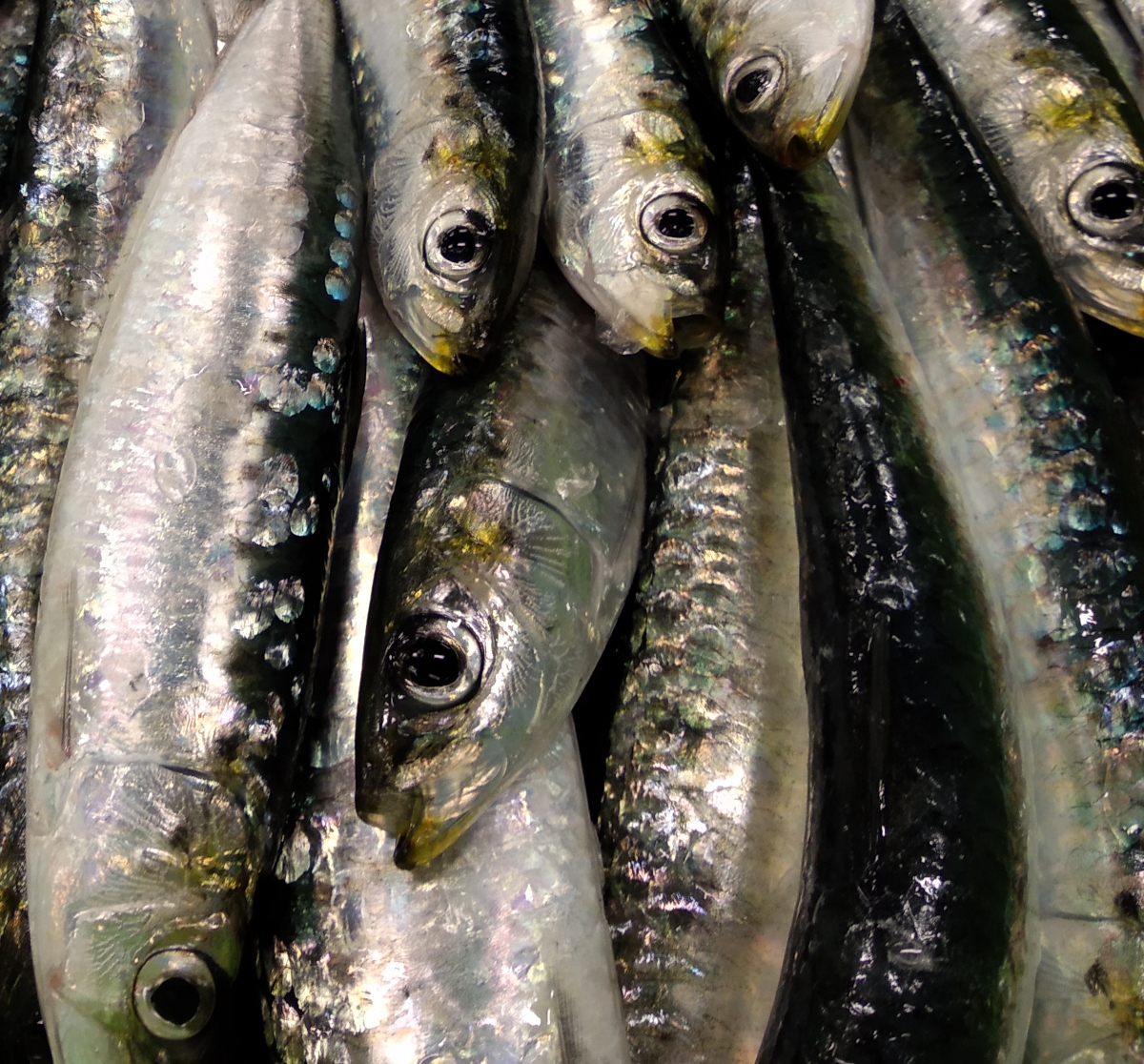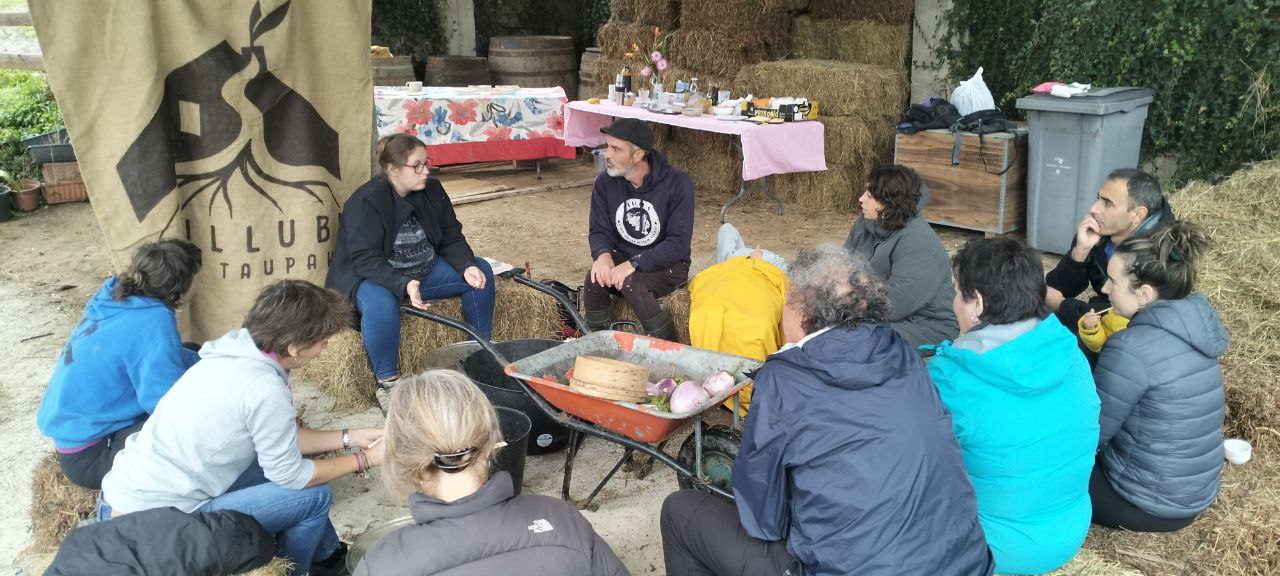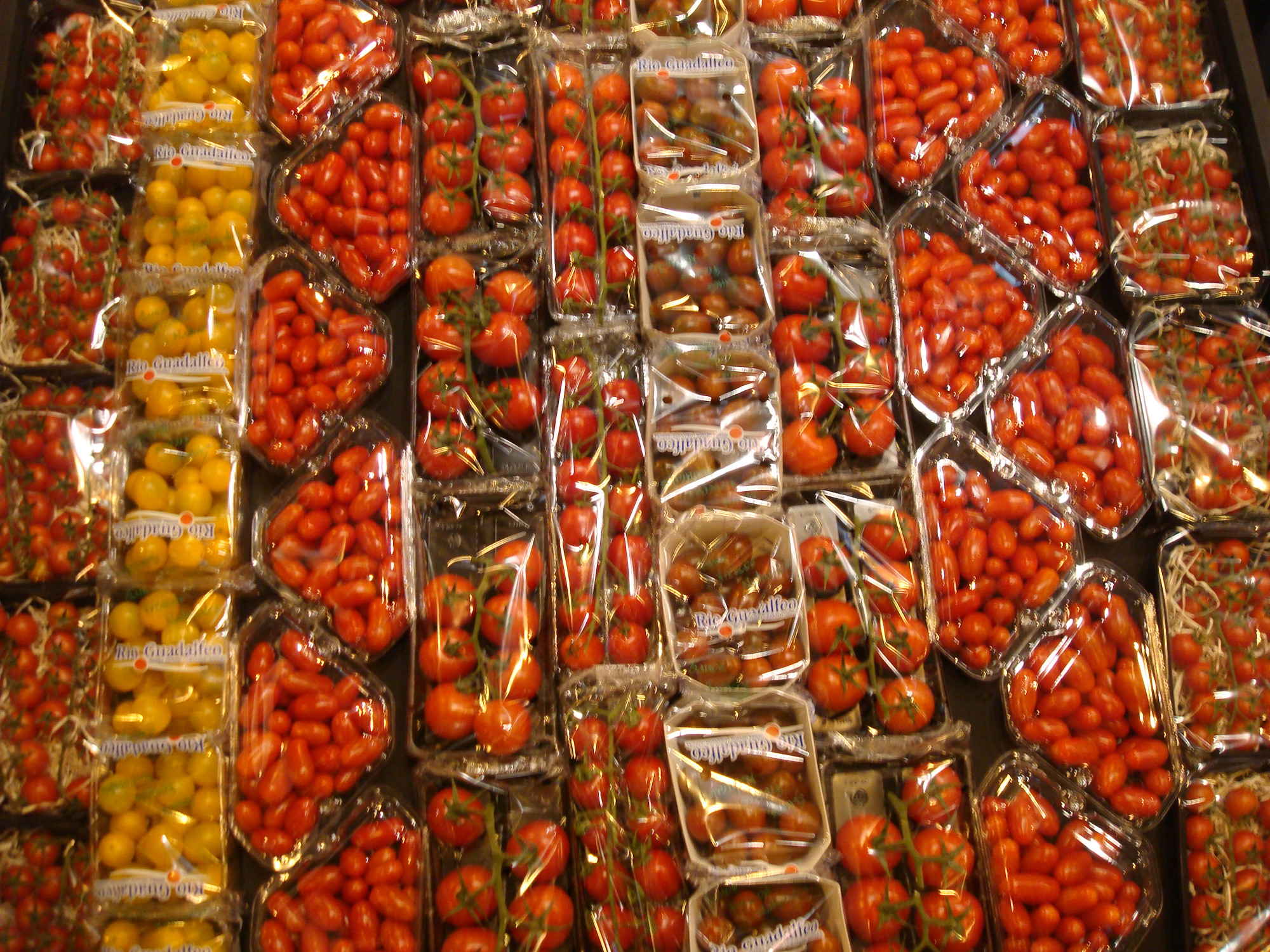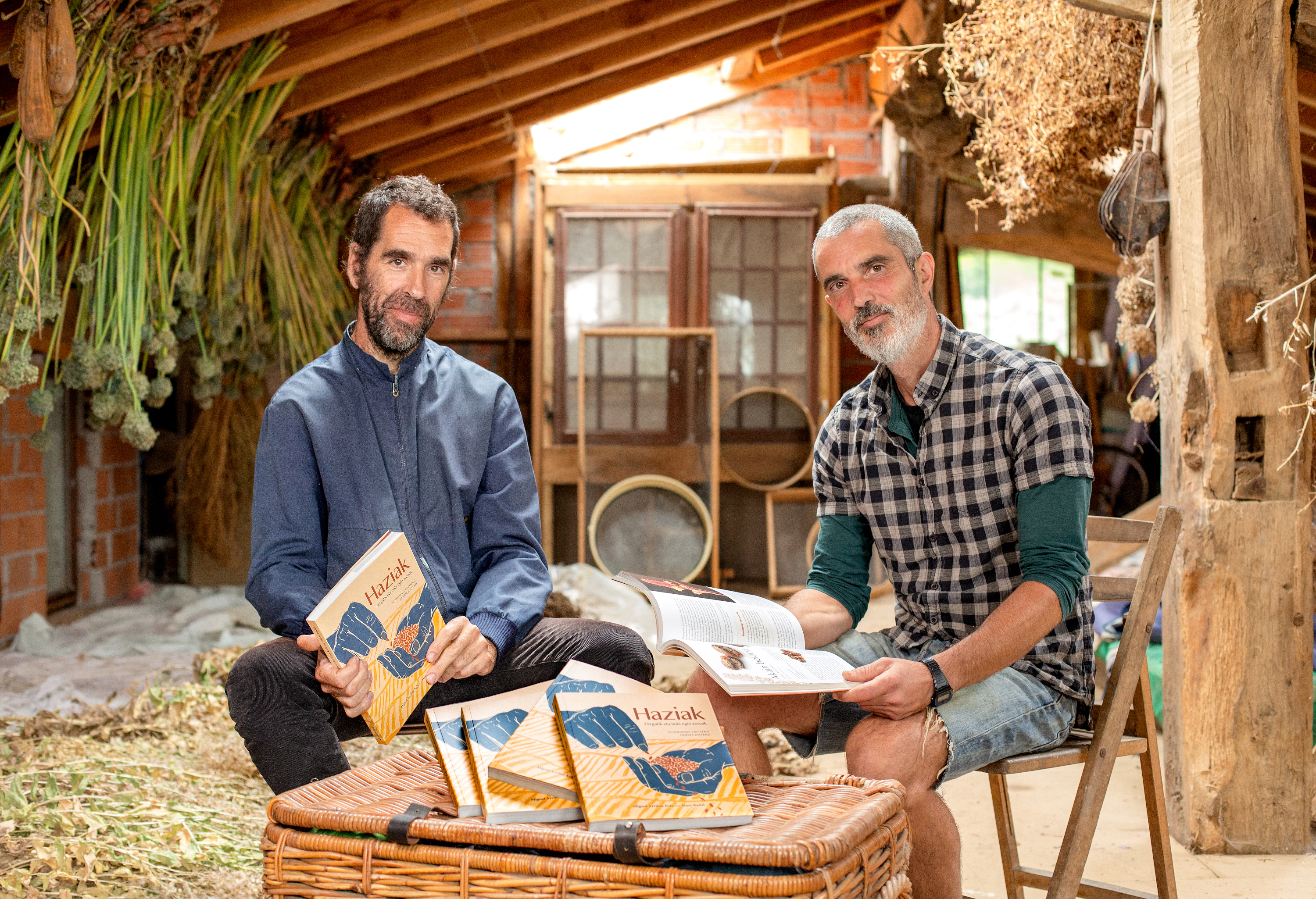Blood oranges
- Many stories shine their birth. Its color is the most attractive. Sometimes the skin, but especially the crumb, attract attention. It is blood orange (Citrus x sinensis). It is a hybrid between orange (Citrus x sinensis) and mingrana (Punica granatum), between Arabic (Citrus x paradisi) and mandarin (Citrus reticulata), etc. Knowing traditional orange with orange skin and also orange flesh, people were surprised with orange skin, but with very red and dark flesh, bloody. Then the red ones appeared, all red. Blood orange.

Like all curiosities, as the new territory gains and conquers new markets, we have heard increasingly curious and curious stories about it. When we talk about canvases, people look to the Mediterranean. It has been said for many years that blood oranges come from Sicily or Malta. The cries of these islands have been famous for thousands of years and should be shown as the birthplace of the “new” orange.
But history forces us to look at the Eastern Mediterranean. At the beginning of this century, it has been shown that red oranges were in China in the fourth century. And look at what an eighth century Chinese poem says.
"Kiang-Nango in Kiangsu
There are small red oranges.
Those who do not die the winter
Because the air is very sweet
Kiang-Nanen."
Citrus experts believe that blood oranges are natural mutations. In the past, a sweet orange underwent genetic change and a red orange was formed in the flesh, juice and skin of the pieces. This new feature would have been quite interesting to someone and liked and continued to spread the variety.
These oranges are not eating, they have a sweet spot, but they're much more acidic than usual to eat. Oranges are used to make water or juice, but for this they have a great prestige. Delicious orange water panderets are added a beautiful bixi dot and a more attractive color.
The garrafas are fashionable and increasingly perceived in our lands and dishes: orange, lemon, lime and mandarin, as well as arabica, bergamot, Buddha's hand, kumkuata, garrillos caviar, panpelmusa, threshing orange, lime tangerine, yuzu, cyrus…
The new season is that of these blood oranges, prepare to sleep the lips and satiate the palate.








